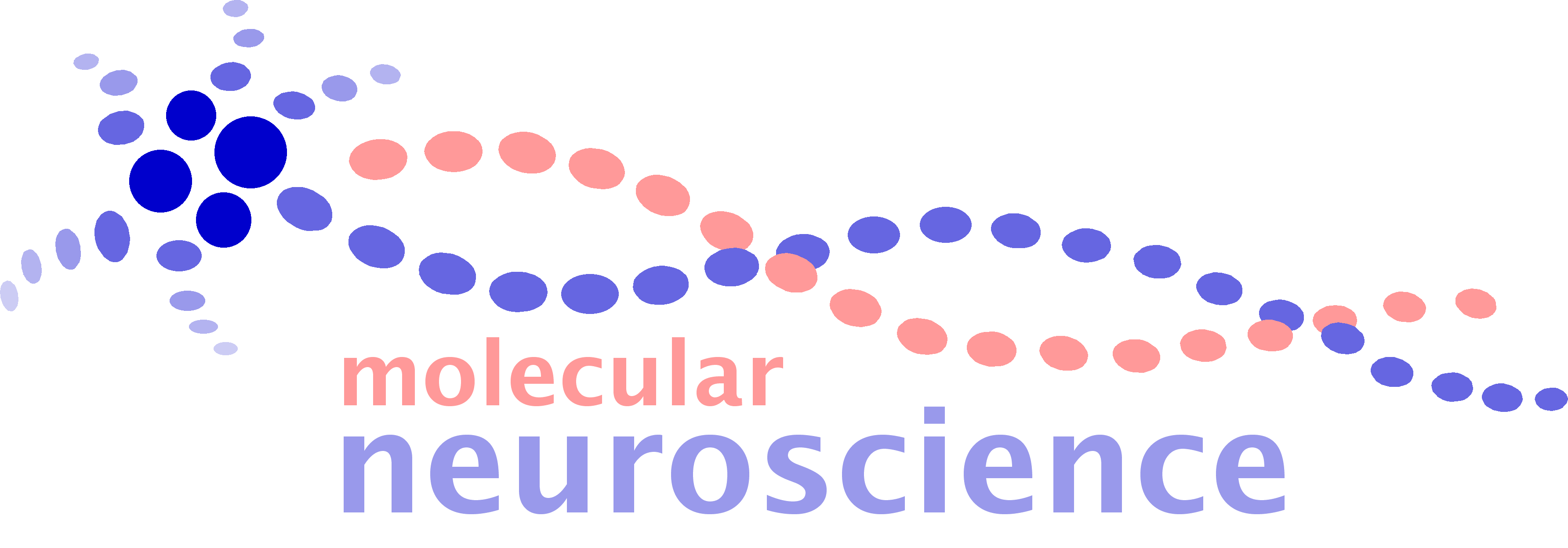APOE and Alzheimer’s Disease: Pathologic Clues from Transgenic Drosophila melanogaster.
Mohammad Haddadi, Mehrnaz Haghi, Niloofar Rezaei, Zahra Kiani, Taha Akkülah, Arzu Celik
Archives of Gerontology and Geriatrics; in press https://doi.org/10.1016/j.archger.2024.105420
Alzheimer's disease (AD) is one of the most common forms of neurodegenerative diseases. Apolipoprotein E4 (ApoE4) is the main genetic risk factor in the development of late-onset AD. However, the exact mechanism underlying ApoE4-mediated neurodegeneration remains unclear. We utilized Drosophila melanogaster to examine the neurotoxic effects of various human APOE isoforms when expressed specifically in glial and neural cells. We assessed impacts on mitochondrial dynamics, ER stress, lipid metabolism, and bio-metal ion concentrations in the central nervous system (CNS) of the transgenic flies. Dachshund antibody staining revealed a reduction in the number of Kenyon cells. Behavioral investigations including ethanol tolerance and learning and memory performance demonstrated neuronal dysfunction in APOE4-expressing larvae and adult flies. Transcription level of marf and drp-1 were found to be elevated in APOE4 flies, while atf4, atf6, and xbp-1s showed down regulation. Enhanced concentrations of triglyceride and cholesterol in the CNS were observed in APOE4 transgenic flies, with especially pronounced effects upon glial-specific expression of the gene. Spectrophotometry of brain homogenate revealed enhanced Fe++ and Zn++ ion levels in conjunction with diminished Cu++ levels upon APOE4 expression. To explore therapeutic strategies, we subjected the flies to heat-shock treatment, aiming to activate heat-shock proteins (HSPs) and assess their potential to mitigate the neurotoxic effects of APOE isoforms. The results showed potential therapeutic benefits for APOE4-expressing flies, hinting at an ability to attenuate memory deterioration. Overall, our findings suggest that APOE4 can alter lipid metabolism, bio metal ion homeostasis, and disrupt the harmonious fission-fusion balance of neuronal and glial mitochondria, ultimately inducing ER stress. These alterations mirror the main clinical manifestations of AD in patients. Therefore, our work underscores the suitability of Drosophila as a fertile model for probing the pathological roles of APOE and furthering our understanding of diverse isoform-specific functions.


 - AÇ: +90 (212) 359 7562,
- AÇ: +90 (212) 359 7562, 